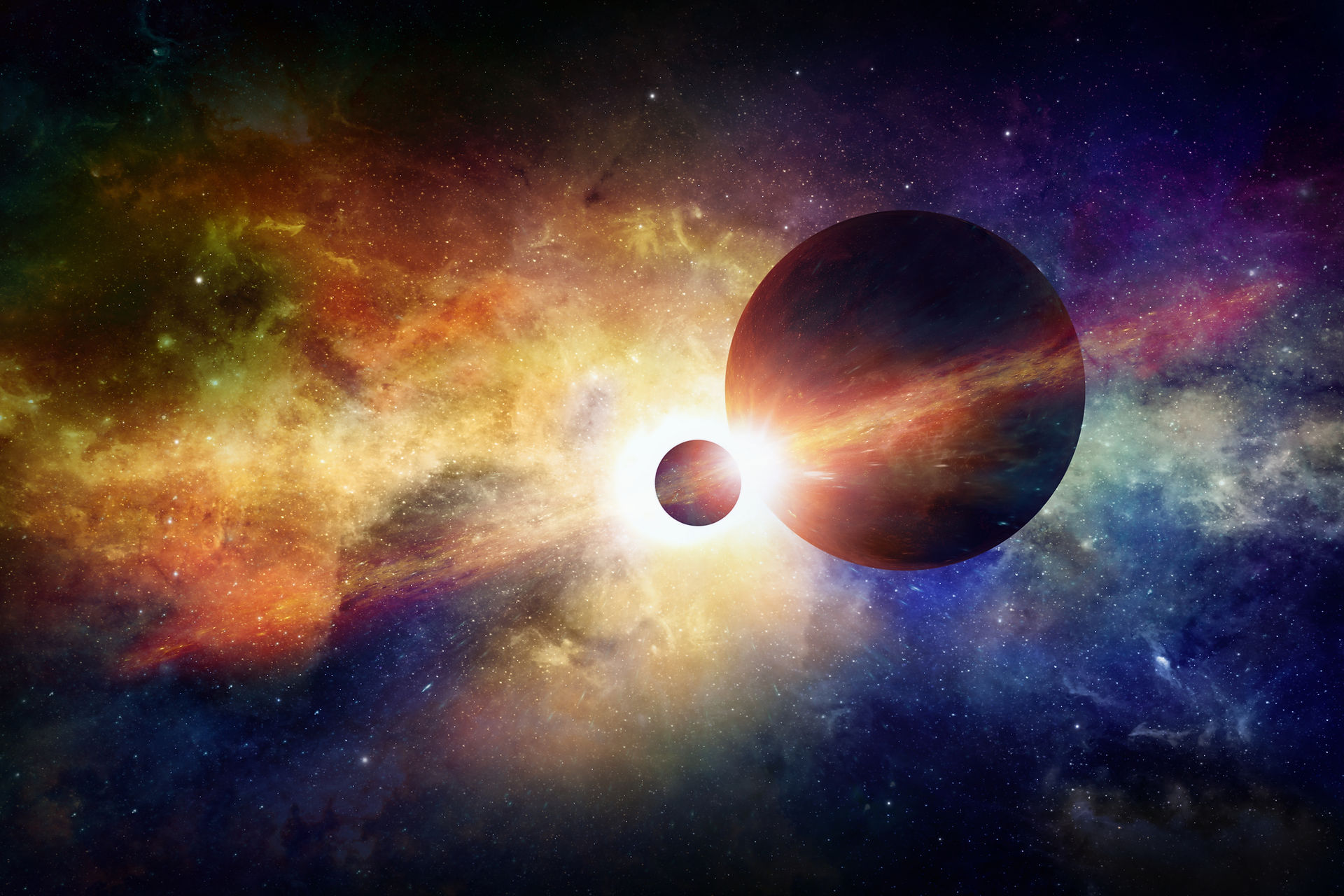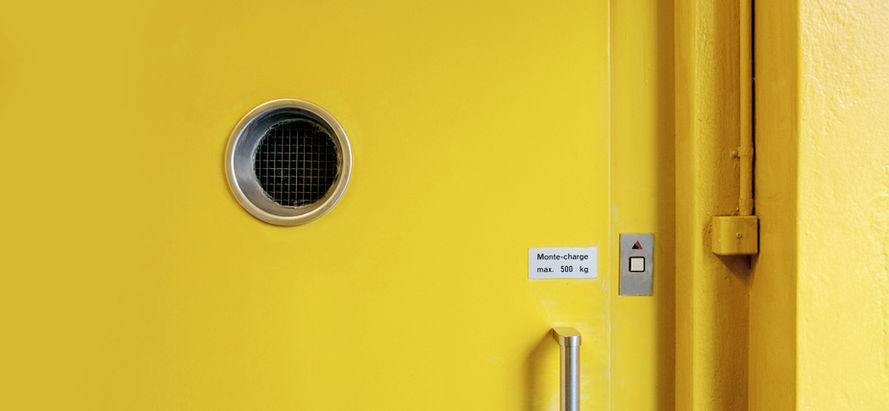
Eridonia Archives
(UTN/UAS/ATIS) Space Density Distortion Detection Array
SDDDA, also simply known as SDD, is a technology designed to detect fluctuations in the curvature and 'density' of space-time surround high-mass objects, in order to locate space-faring craft or installations without visual contact.

Space Density Distortion sensors operate using similar technology employed by the Jump Drive Array. During development and testing of the first FTL-capable star ships using JDA 'Subspace' technology, it was noticed that the background radiation leakage from Subspace (previously indistinguishable from universal background radiation noise) exhibited differences in intensity when in close proximity to high-mass objects, such as asteroids, planets or star ships. After extensive testing, Space Density Distortion sensors were developed soon after the first JDAs allowed FTL transit, around the 25th century AD, by the Unified Terran Nations, though based on extensive research from the enigmatic TSRC.
The principle of 'Subspace' radiation leakage interacting with high-mass objects is tied closely to the link between the energy requirements of FTL-transit and the given mass of an object entering Subspace. The exact nature of the relationship between Subspace (Void) radiation and the curvature of space-time isn't fully known.
SDD sensors have vastly higher range than active-sensor systems such as MLADAR, employed by Broad Spectrum Arrays, which function by firing radiation at the area to be mapped, and analysing the reflected particles or changes in wavelength by the emittance beams. SDD is considered a 'passive' sensor technology as it essentially 'listens' to the frequency of Subspace ("Void") radiation leakage using specifically optimised equipment to filter out unwanted background noise and radiation. Given the highly unique nature of Subspace radiation, the filtering process can be performed relatively easily with sufficient computational power with minimal interference up to extreme ranges in excess of hundreds of thousands of kilometres.
The development of SDD arrays ushered in a new age of technological development of countermeasures to spoof the system. Existing, active-camouflage systems functioning by radiation-refraction (bending light waves around the object to be hidden) were rendered useless as their mass-signatures could be easily measured by the curvature of space-time indicated by intensity differences in the Subspace background radiation. Modern technologies designed to counter SDD arrays utilise gravimetric field emitters or specialised hull construction to alter/diminish the mass signature. Most of these technologies work by reducing or changing the mass signature, rather than removing it entirely, for example a heavy cruiser may be able to 'pretend' to be a light cruiser by mass, which can give it a significant tactical advantage in battle before visual detection.
As with MLADAR, SDD is a military-grade sensor technology and is strictly forbidden on civilian craft in Aquarius, since its introduction in the late 25th century. Furthermore, due to the reliance on JDA technology, its development is heavily restricted.












